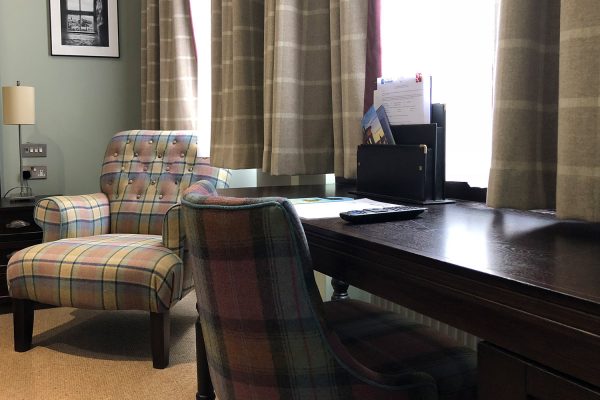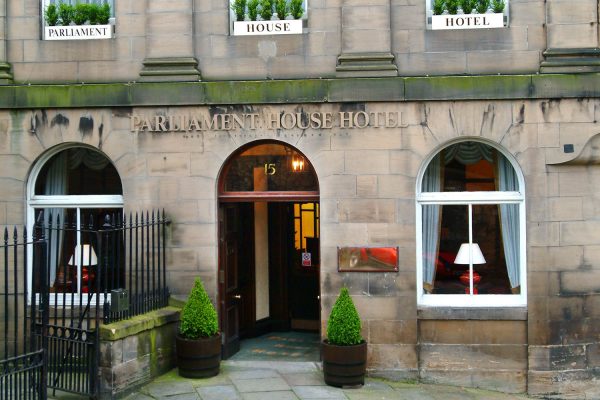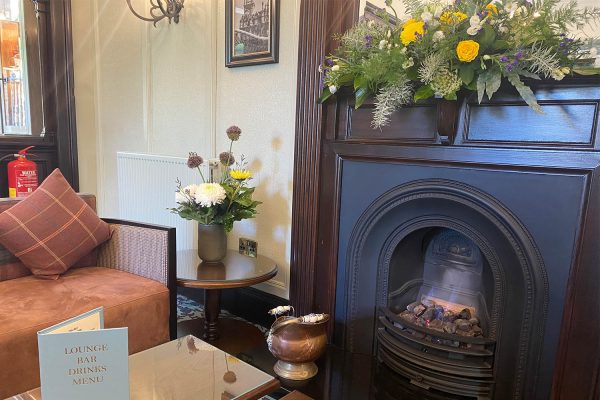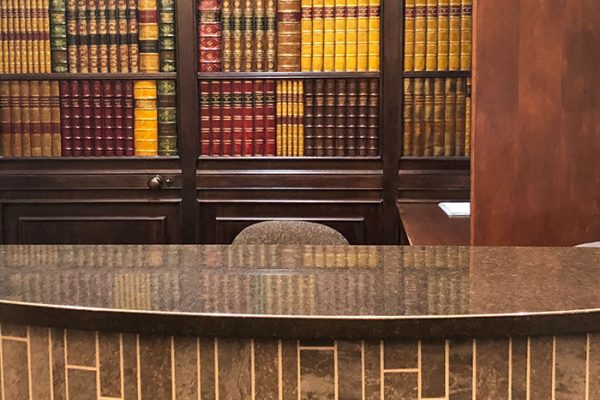Street Smart: Mapping out the History of Edinburgh
Historic Edinburgh Streets
Today we are travelling down some of our favourite Edinburgh streets, to share the history that surrounds them. Which of these historic streets have you visited?
Princes Street: Right up our street
Princes Street is arguably one of the best-known streets in all of Edinburgh. The commercial heart of the city, Princes Street has long reigned supreme over Edinburgh’s New Town. Connecting Lothian Road in the west to Leith Street in the east, this 1-mile long retail thoroughfare has been heralding merchants and shoppers alike to its sidewalks since the late 18th century.
But despite its iconic place in modern-day Edinburgh, Princes Street was originally to be called St Giles Street after the patron saint of Edinburgh. However, King George III quickly rejected the name, as St Giles was also the patron saint of lepers. Not to mention the name of the notorious ‘rookery’ of slums in London. Instead, he named the street in honour of his sons, Prince George (the future George IV) and Prince Frederick (the Duke of York).
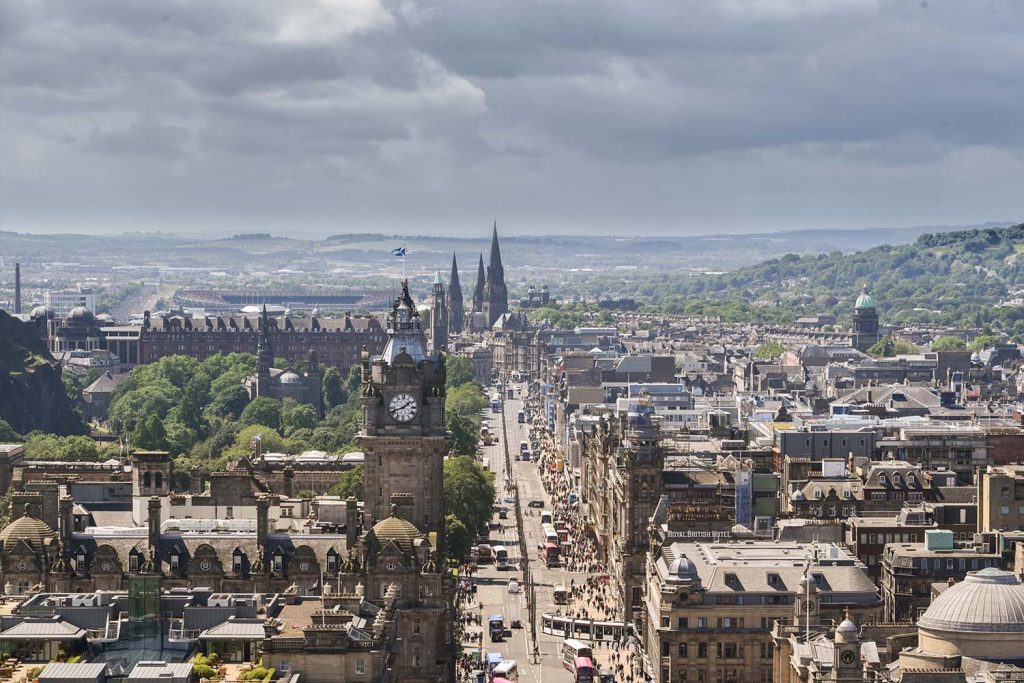
The Royal Mile: Uncover the history of Edinburgh with every step
Running parallel to Princes Street, this time in Edinburgh’s gothic-inspired Old Town, is the famed Royal Mile. A succession of streets that form the main thoroughfare of the Old Town, the Royal Mile has been taking shape since Medieval times. Just over a mile long (1.127 miles or 1 Scots mile), the ancient cobbled streets of the Royal Mile connect Edinburgh Castle to the Palace of Holyroodhouse. Peppered with awe-inspiring attractions, towering tenements, cobbled closes, haunted nooks and a secret underground. The Royal Mile is one of the busiest streets in Edinburgh and an attraction in its own right.
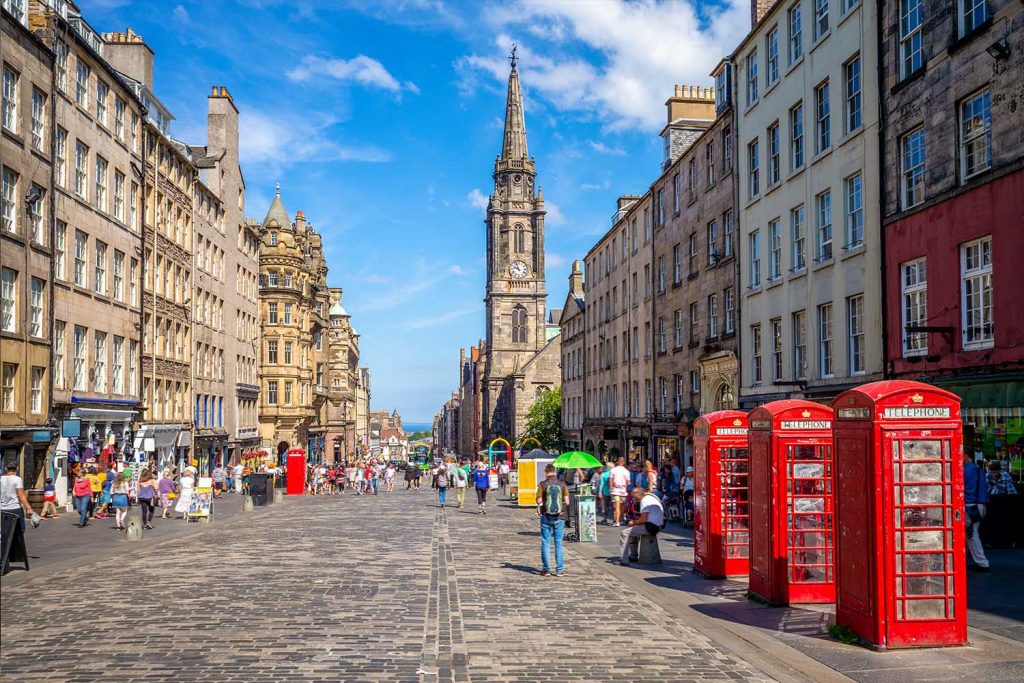
George Street: Streets ahead of its time
Named after King George III, George Street was designed to be the grandest street in all of Edinburgh’s New Town. Connecting St Andrew Square in the east with St George Square (later named Charlotte Square) in the west, it was the crowning glory of a united Scotland and England. St Andrew was the patron saint of Scotland and St George was the patron saint of England. So George Street was a symbolic reminder of just how far these two warring nations had come in the heart of Edinburgh.
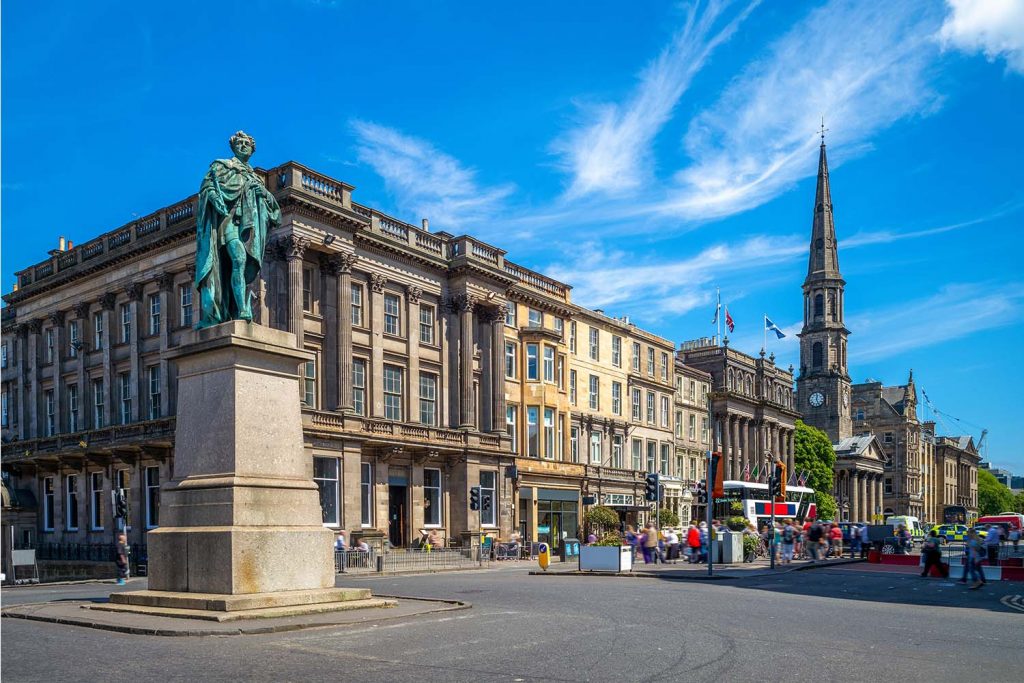
Candlemaker Row: Shedding light on Edinburgh’s streets
Like many historic streets in Edinburgh’s Old Town, Candlemaker Row’s name came from the businesses that used to operate there. So it comes as no surprise that Candlemaker Row was once home to the Hall of the Incorporation of Candlemakers. As well as several candle shops and workshops along the way. The original use of the Candlemakers’ Hall has long since gone up in flames. But the ancient cobbled close does not hold a candle to the Row we see today. This quirky little street is full of hidden gems, unique boutiques, stunning gifts and award-winning bars and restaurants.
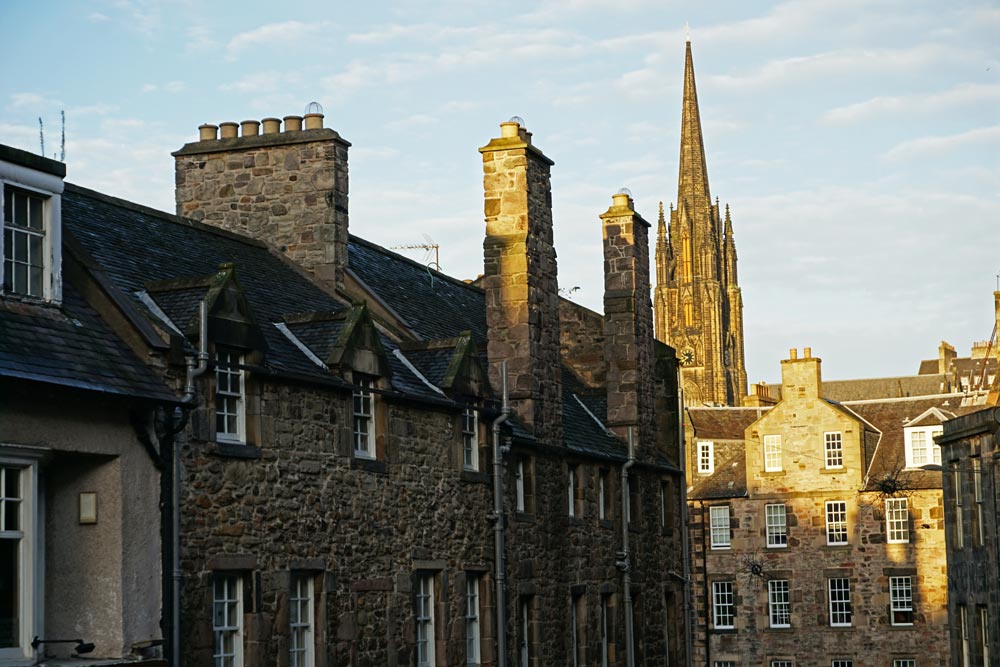
Victoria Street: A colourful look at Edinburgh’s more recent past
With its historic architecture, elegant curve and colourful shop fronts, Victoria Street is one of Edinburgh’s most picturesque streets. Built between 1829 and 1834 to improve access around the city, it’s a relatively new addition to Edinburgh’s Old Town. Today, centuries of attractive architecture, quirky shops, pubs, cafes, restaurants and a vibrant atmosphere has made Victoria Street one of the most photographed streets in the city. It’s rumoured to be the inspiration behind the wizarding street Diagon Alley in J.K Rowling’s Harry Potter series too!
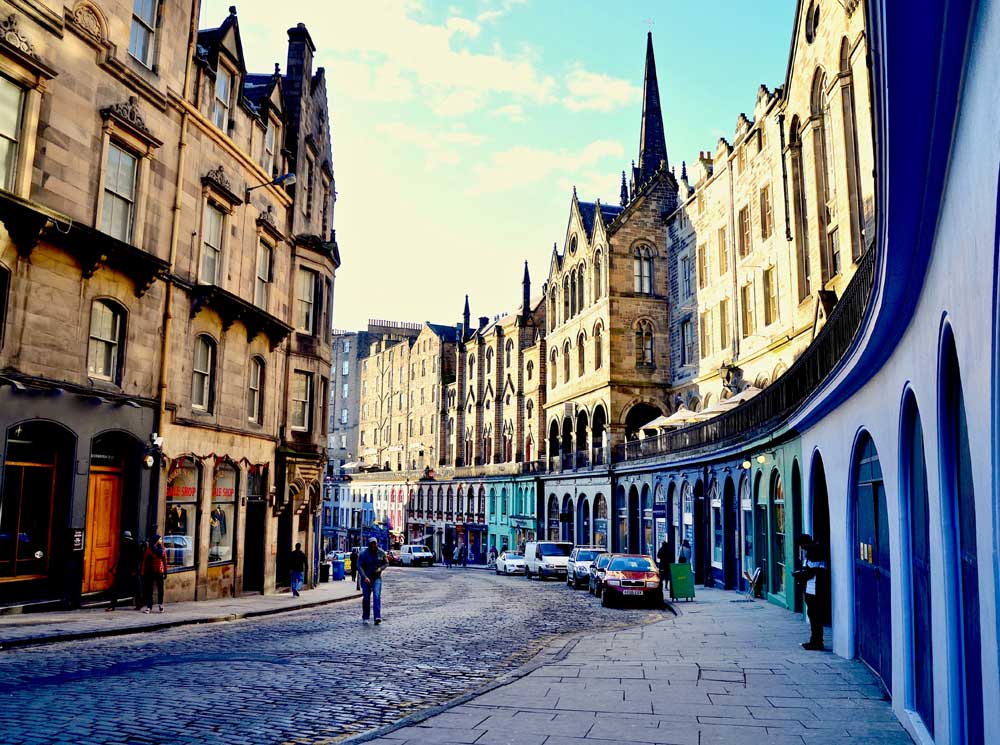
Mary King’s Close: The underbelly of haunted Edinburgh
Deep below the surface of the city, lies a labyrinth of hidden streets and abandoned houses frozen in time since the 17th century. Mary King’s Close was once one of the busiest and most vibrant streets in Edinburgh. A place where people lived, worked and died … before the expanding city buried it (quite literally!). Today, the close is shrouded in myths and legends. A five-star Edinburgh attraction, tales of ghosts, murders and plague victims being walled up and left to die have endured for centuries. With its uniquely preserved streets and houses, guided tours beneath the belly of the city allow you to experience what life was really like in 17th century Edinburgh.
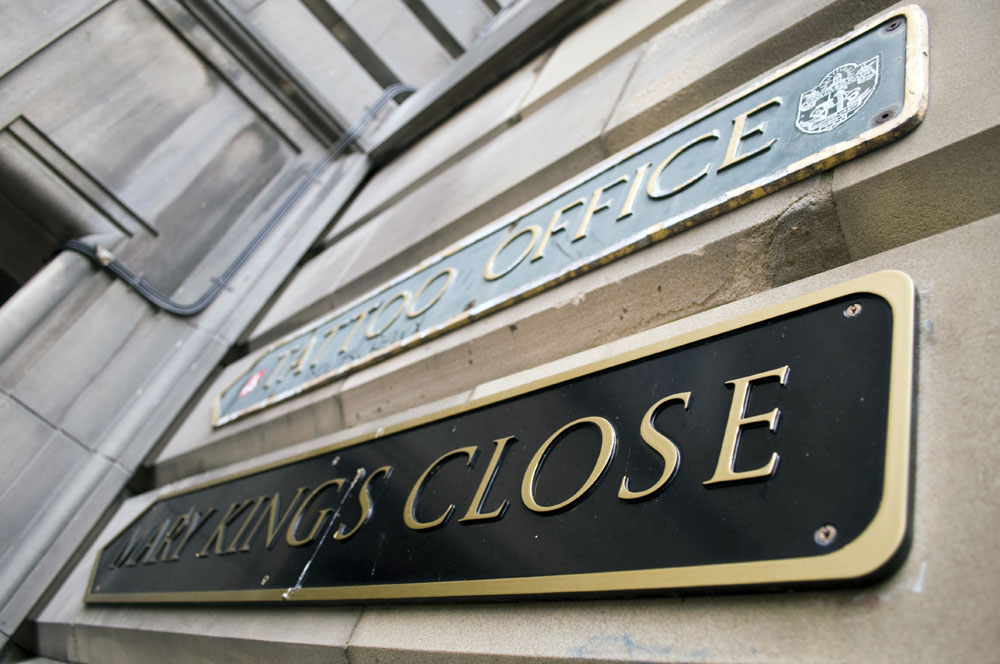
Circus Lane: A picture-perfect Edinburgh street
We’ve all seen pictures of Circus Lane on social media. It’s one of those perfectly picturesque streets that many a tourist just has to seek out. Located in Stockbridge, this pretty lane with cobbles and flower-covered houses dates from the 1760s. Originally home to employees of the rich families who lived nearby. The old stables have now been converted into garages and the properties on this street are highly sought after. Circus Lane is purely residential, but there are many shops, bars and restaurants to enjoy in the Stockbridge area.
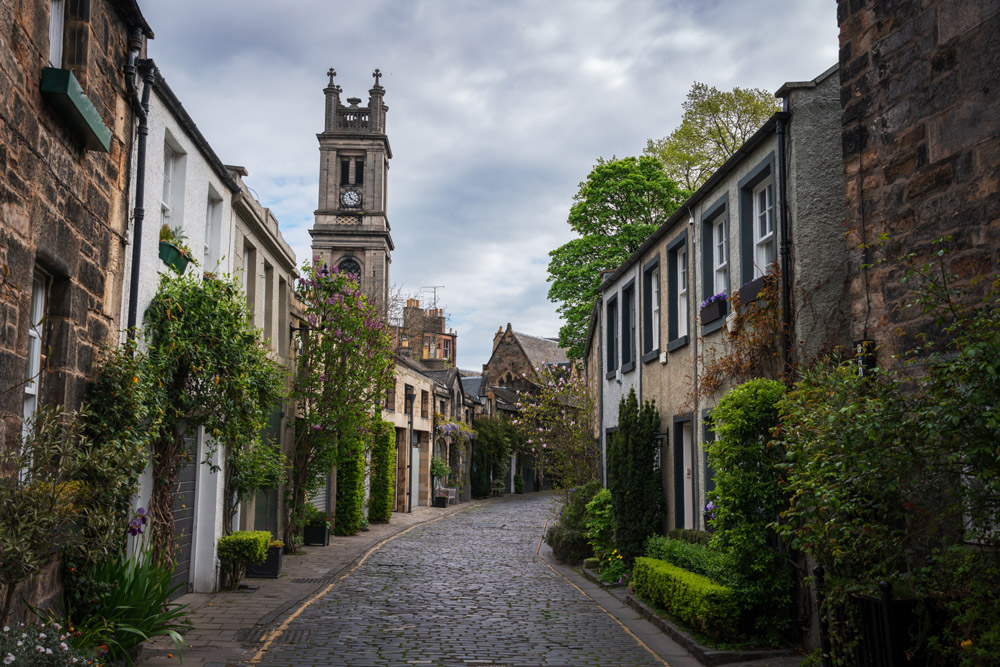
To find out more about the fascinating history of Edinburgh and its many wonderful streets, visit our Edinburgh Guide. Alternatively, take a look at one of our special offers and experience the wonders of Edinburgh for yourself.



